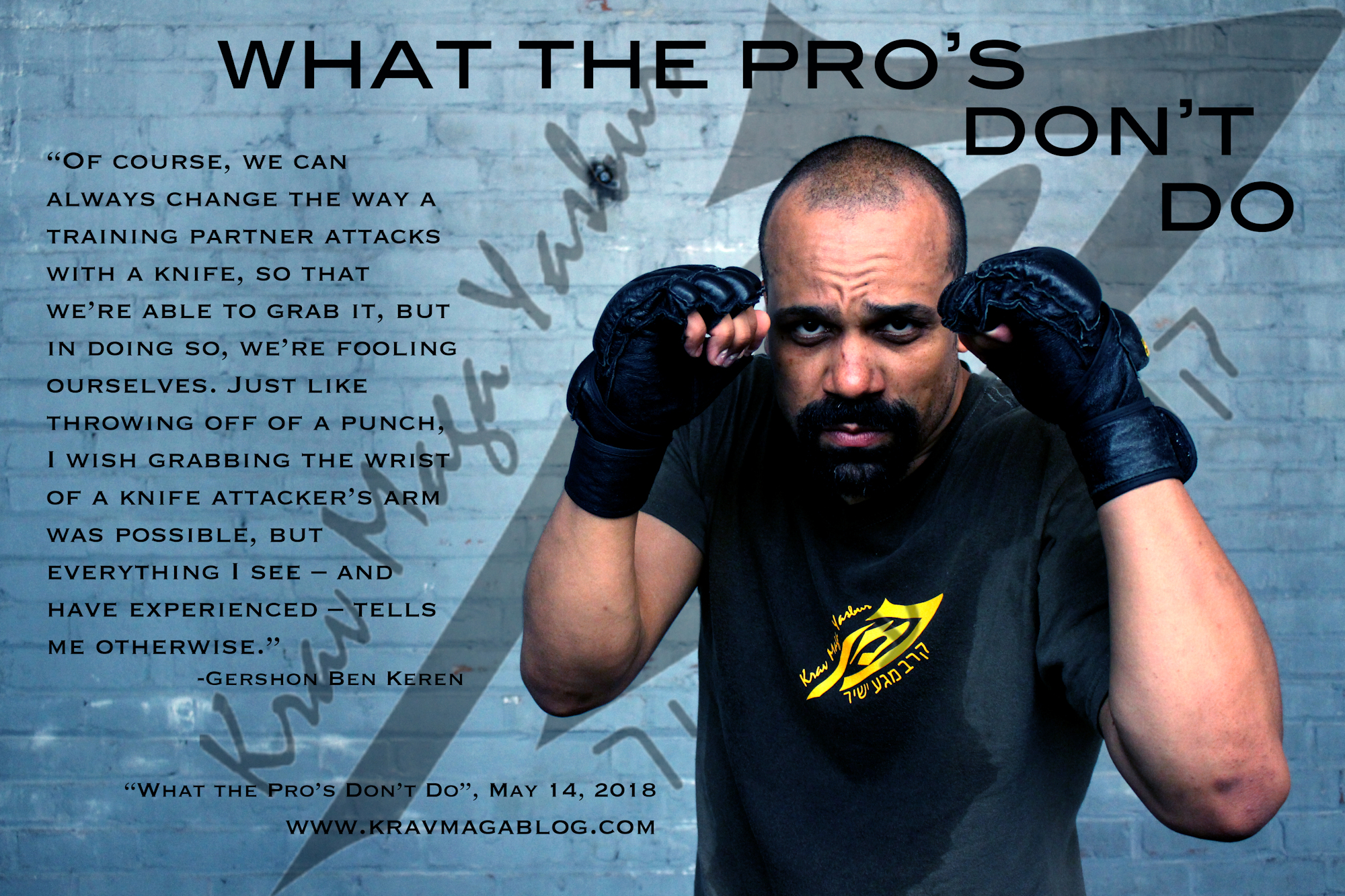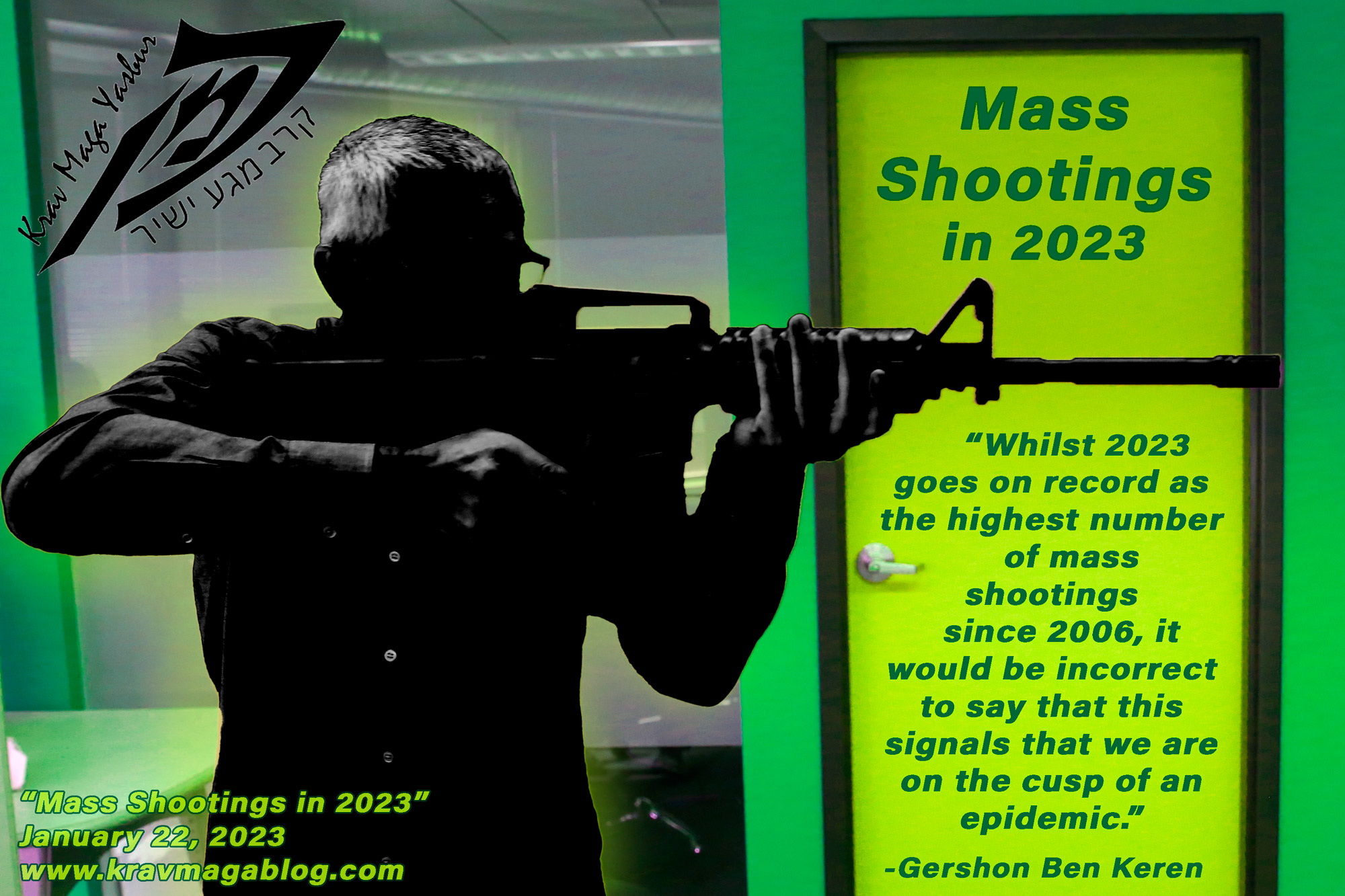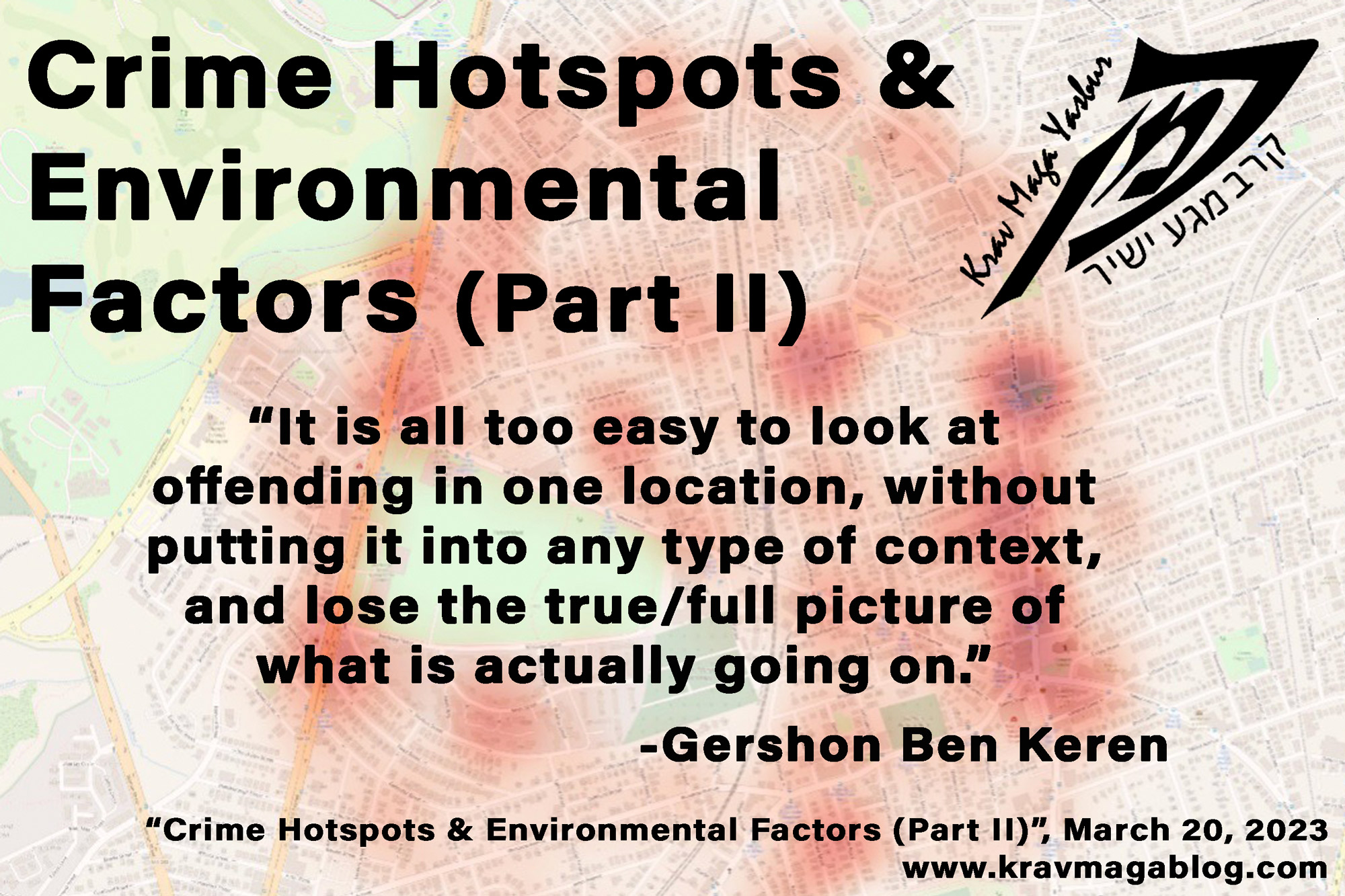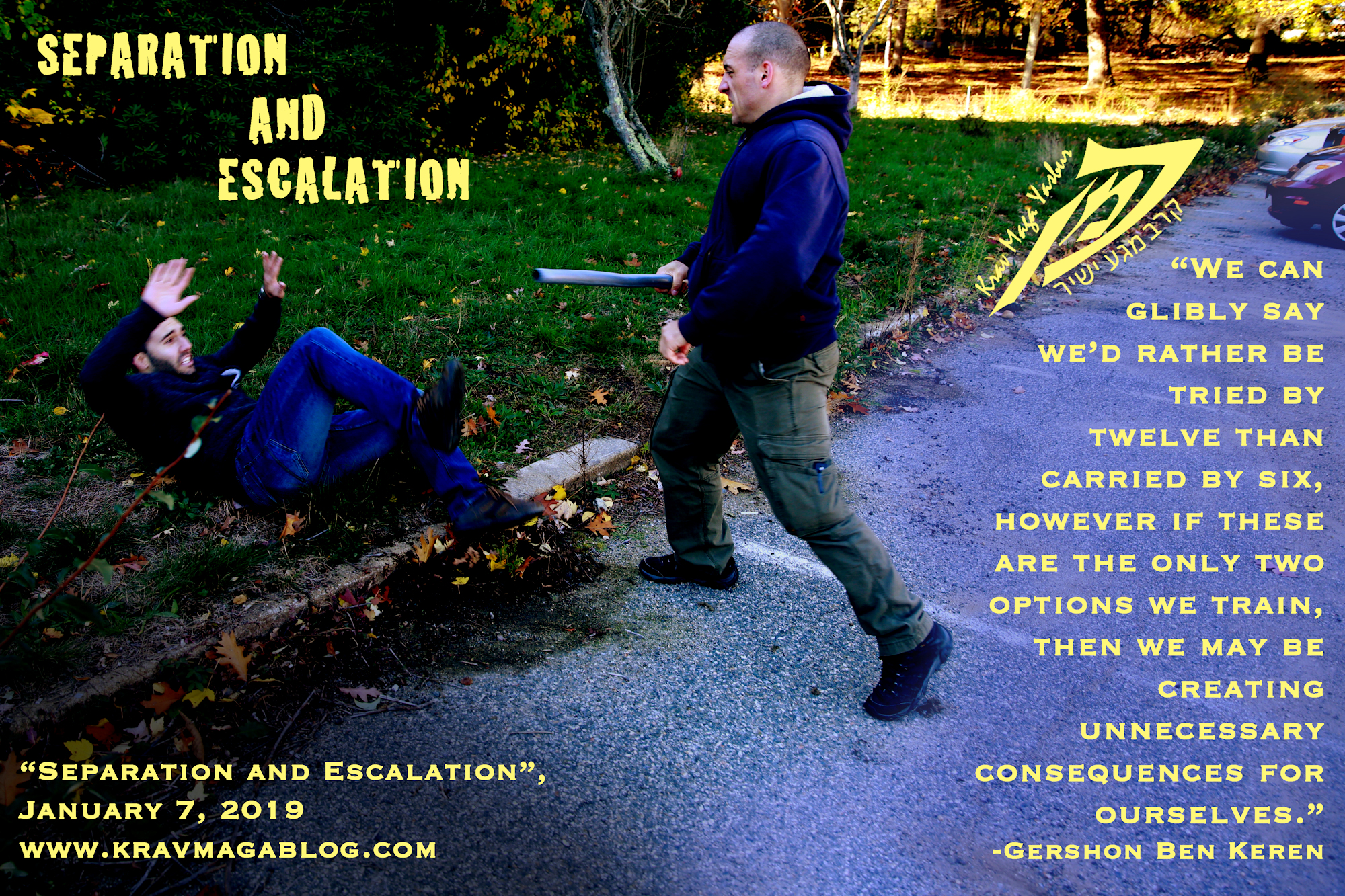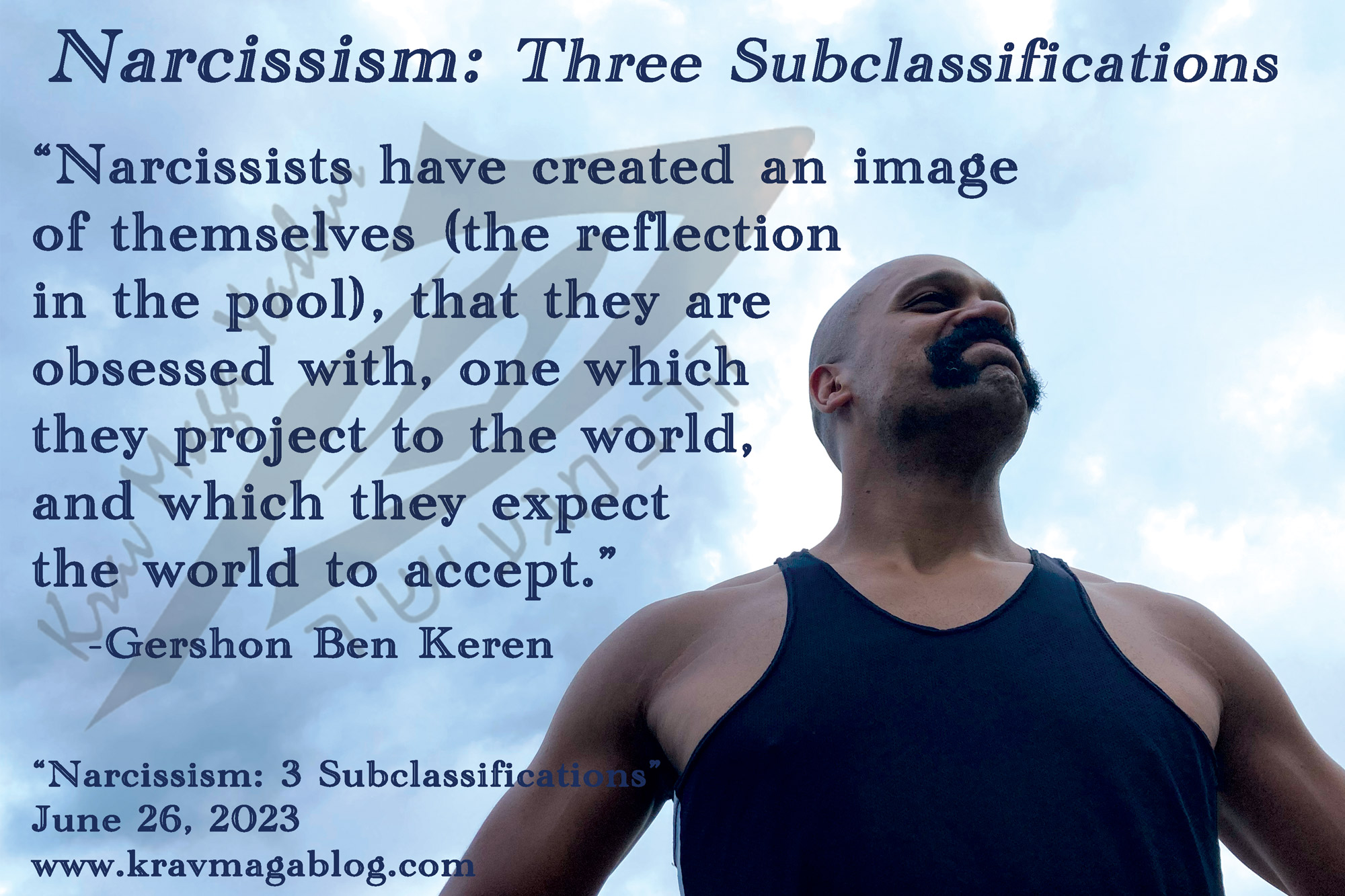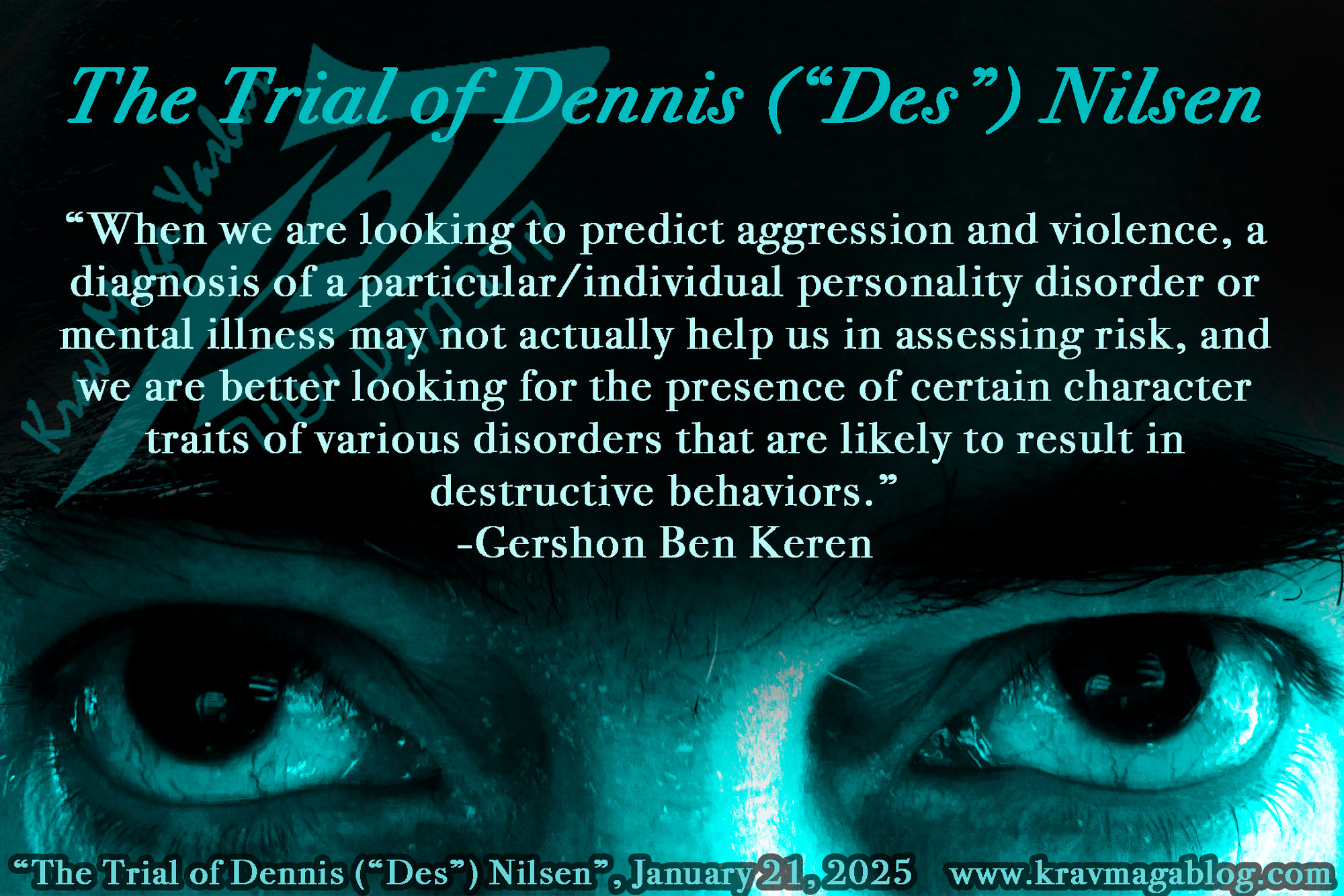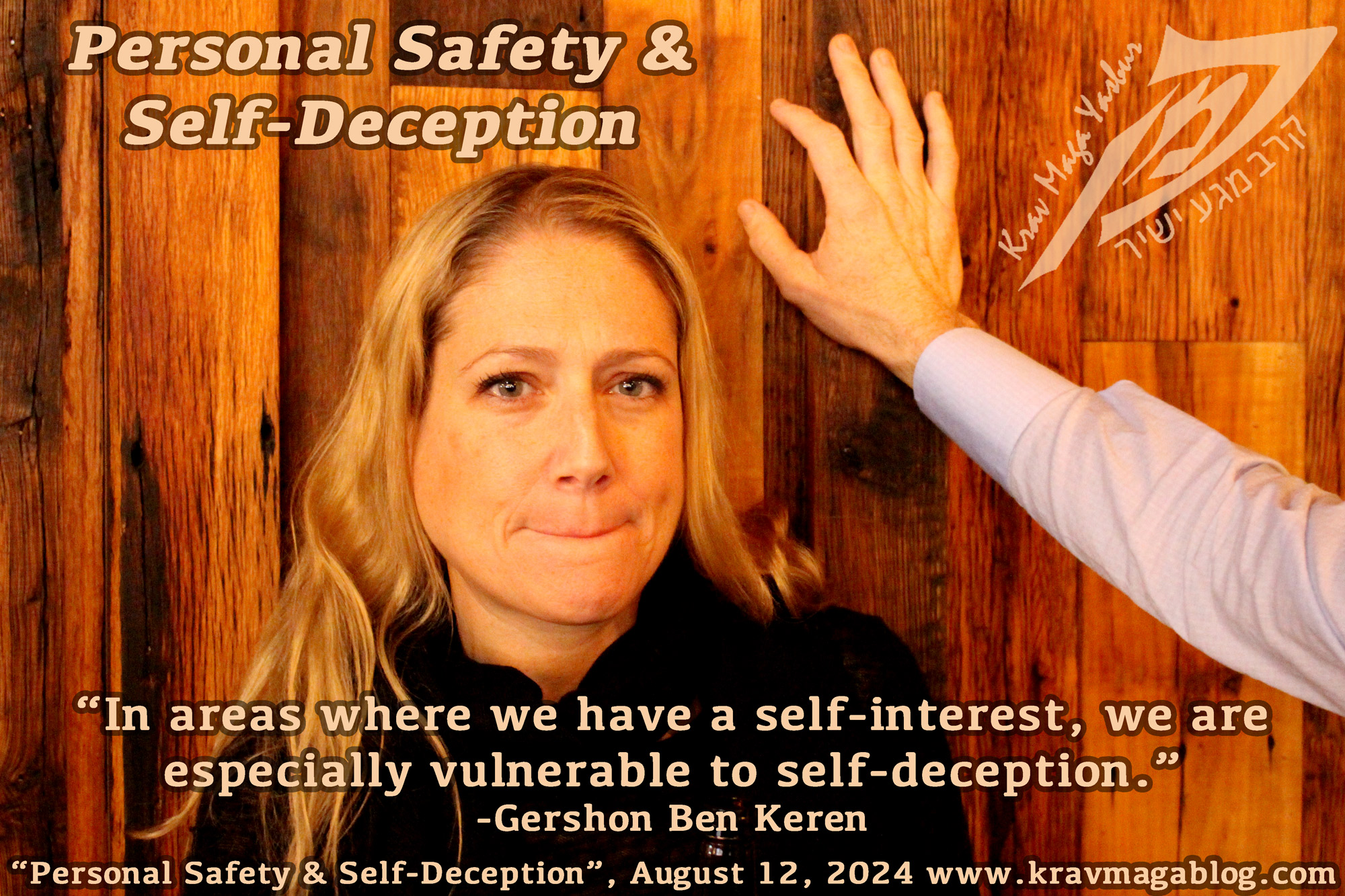Narcissism: Three Subclassifications, is an article written by Gershon Ben Keren, a 5th Degree Black Belt in Krav Maga, who teaches Krav Maga in Boston, MA. He has also authored three Amazon best-Selling Books on Krav Maga.
Between 2010 and 2017 there were on average 357 peer reviewed articles each year studying narcissism. That’s a lot. Anecdotally, I see around five references a week on social media, regarding this personality disorder and self-defense/personal safety. However, it should be understood that within both the academic and clinical communities, there is much debate and even controversy surrounding this personality disorder. Whilst the DSM-V (Diagnostic and Statistical Manual of Mental Disorders) provides the foundation and definition of what narcissism is, this should be seen more as a starting point than a conclusion e.g., it lists the behaviors that define narcissism however it doesn’t rank them in any order of importance/significance, or identify which constitute the core and central behaviors and which may be the peripheral ones etc. This has led to the creation of sub-categories of narcissism, such as “Grandiose Narcissism” and “Vulnerable Narcissism” etc. Whilst colloquially the term narcissist tends to get ascribed to anyone who thinks only about themselves, and doesn’t consider anyone else’s feelings, this behavioral trait could actually be applied to many other personality disorders. In fact, for someone to be clinically defined as a narcissist even in the “general” sense, they have a pretty high bar to clear. There are those individuals who display some of the traits and behaviors associated with narcissism, however that doesn’t necessarily mean they are a narcissist. In this article I want to look at some of the emerging sub-classifications of Narcissistic Personality Disorder (NPD), in order for us to be a little more specific, and detailed when we discuss the disorder or use the term narcissism/narcissistic.
Very briefly I want to re-iterate something I always mention when I write or talk about narcissism. That is, Narcissus (the Greek god, from which we get the name), fell in love with the reflection of himself, when he looked in the pool, rather than falling in love with himself. This is an extremely important point and separates those with NPD from those who are simply in love with themselves. Without understanding this distinction, we won’t be able to understand why narcissists behave in the way that they do. Narcissists have created an image of themselves (the reflection in the pool), that they are obsessed with, one which they project to the world, and which they expect the world to accept. Anything they perceive as a question concerning this projection needs to be vehemently and rigorously defended – usually by attacking, verbally but possibly physically, the person they perceive to be questioning them i.e., the image they have created. The reason this image they have created is so important to them, is that it allows them to look at something other than their real self. If someone is “questioning” the validity of their created persona, then they may be forced to do the same, and this would mean looking at their actual self, which would result in extreme psychic trauma. In many ways the Wizard of Oz is the perfect example of a Narcissism as when the curtain was pulled back it was discovered that the booming and dominating voice that was originally presented belonged to a small, frail man using effects to present himself as someone dominating and intimidating etc. Narcissists fear having the curtain pulled back and having others as well as themselves have to see who they truly are.
Whilst this is a central, underlying feature of the disorder, it can be exhibited in a number of different ways, which have led to the creation/definition of certain sub-classifications. We will look at three of them. The first is “Malignant Narcissism”. Not all narcissists require or seek attention and adoration in the same way. Whilst narcissism and psychopathy share many similar traits, and it can sometimes be hard to distinguish the difference between individuals who have the two disorders – certainly in non-clinical settings i.e., everyday situations, narcissists do feel guilt; something psychopaths don’t. Despite this, Malignant Narcissists are deliberately and proactively mean. Whereas in a conversation many narcissists would try to turn the conversation to be about them, possibly even interjecting with the phrase, “I don’t want to make this about me, but…”, the Malignant Narcissist would go on the attack, looking to ridicule and bring down someone they are talking to. This isn’t reactionary, as in narcissistic rage - when a narcissist feels threatened and attempts to undermine the person they are dealing with - but rather it is them going on a pre-emptive attack, so the person they are dealing with either now lacks the confidence to question them, or the support of the group they are in etc.
There are also “Covert Narcissists”, these are individuals who believe that the world has failed to notice their greatness and it is their job to bring this to the attention of everyone they interact with. These are individuals who believe that life has done them wrong, and they need to fix this. In clinical settings, such individuals may be seen as vulnerable (hence the classification of being “vulnerable” rather than “grandiose”) and be diagnosed as suffering from depression. However, depression is usually treatable to some degree pharmacologically i.e., with drugs, whereas personality disorders aren’t, meaning you can medicate a covert narcissist and never see an improvement. This illustrates one of the central differences between what a mental illness is, and what a personality disorder is i.e., you can’t medicate personality disorders, as they are rigid patterns of thinking, and not something that is the result of a chemical imbalance etc. Covert narcissists often express themselves through passive aggressiveness. They are individuals who are unable to acknowledge and take responsibility for where they went wrong and are instead angry that they weren’t acknowledged every time they did something right. Although not everyone who engages in intimate partner violence (IPV) is a covert narcissist, many share this belief that they are not being recognized as they should.
There are also those who are termed “Communal Narcissists”. At face value these individuals seem to be motivated by a need to do good, however they are using their good deeds in order to receive recognition. They may have learnt, as a child, that one of the best ways to receive recognition – interpreted as adoration – is to engage in good works e.g., save the whales, raise money for good causes etc. Such work puts them on the stage and allows them to be in the spotlight. The truth is that they lack empathy for who they are trying to help, believing that they are better and superior to them. Their motivation is simply that of gaining recognition. Whilst it would be wrong not to acknowledge that good may be being done, that is not the motivation of the communal narcissist. These are often the individuals who raise the money for a charity or good cause but believe they are entitled to a large share of it. Their justification being that without them, there wouldn’t be any money etc.
The problem with all classification systems is that few people fit neatly into them e.g., an individual may exhibit behaviors that are attributed to both malignant and communal narcissism etc. This is why trying to define people as one thing or another, or even as a narcissist in the first place, is from a practical perspective often unhelpful, and may not lead us to truly understand what is driving them e.g., someone who is self-obsessed, and in love with themselves, may engage in narcissistic behaviors however they are not doing so to promote and protect an image of themselves, who is not actually who they are. It is more productive to look at how we can deal with certain behaviors and actions in ways that will work in all instances and don’t rely on us making clinical diagnoses in non-clinical settings.
0 COMMENTS